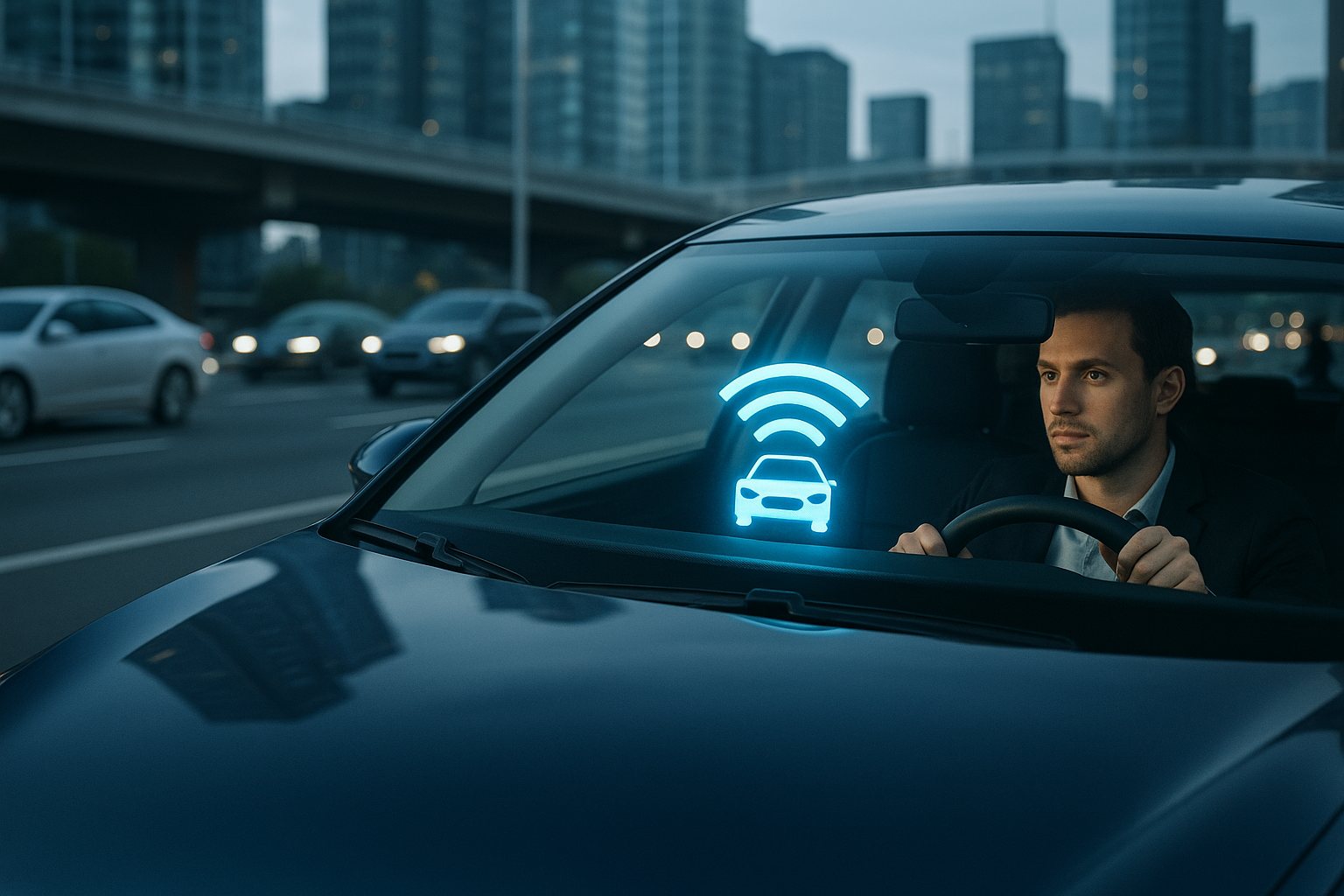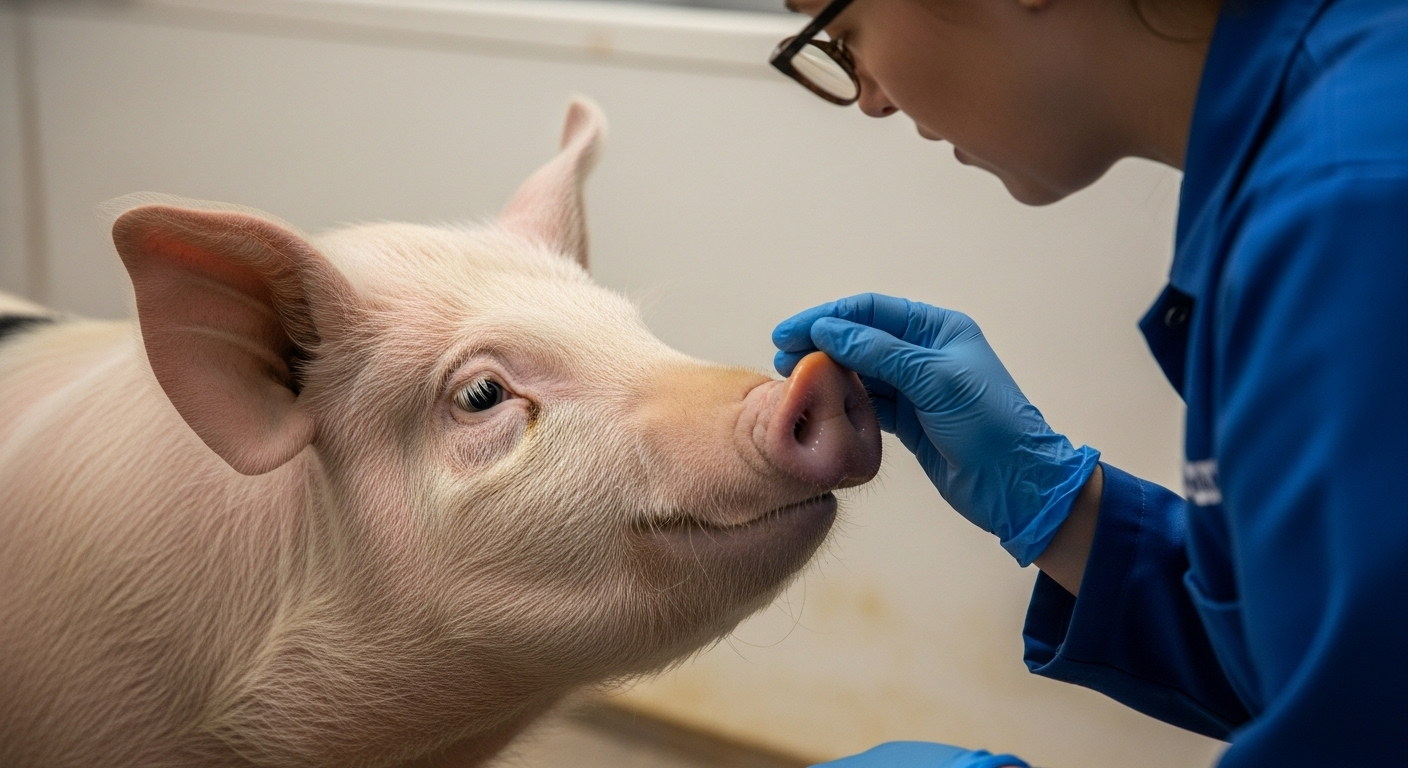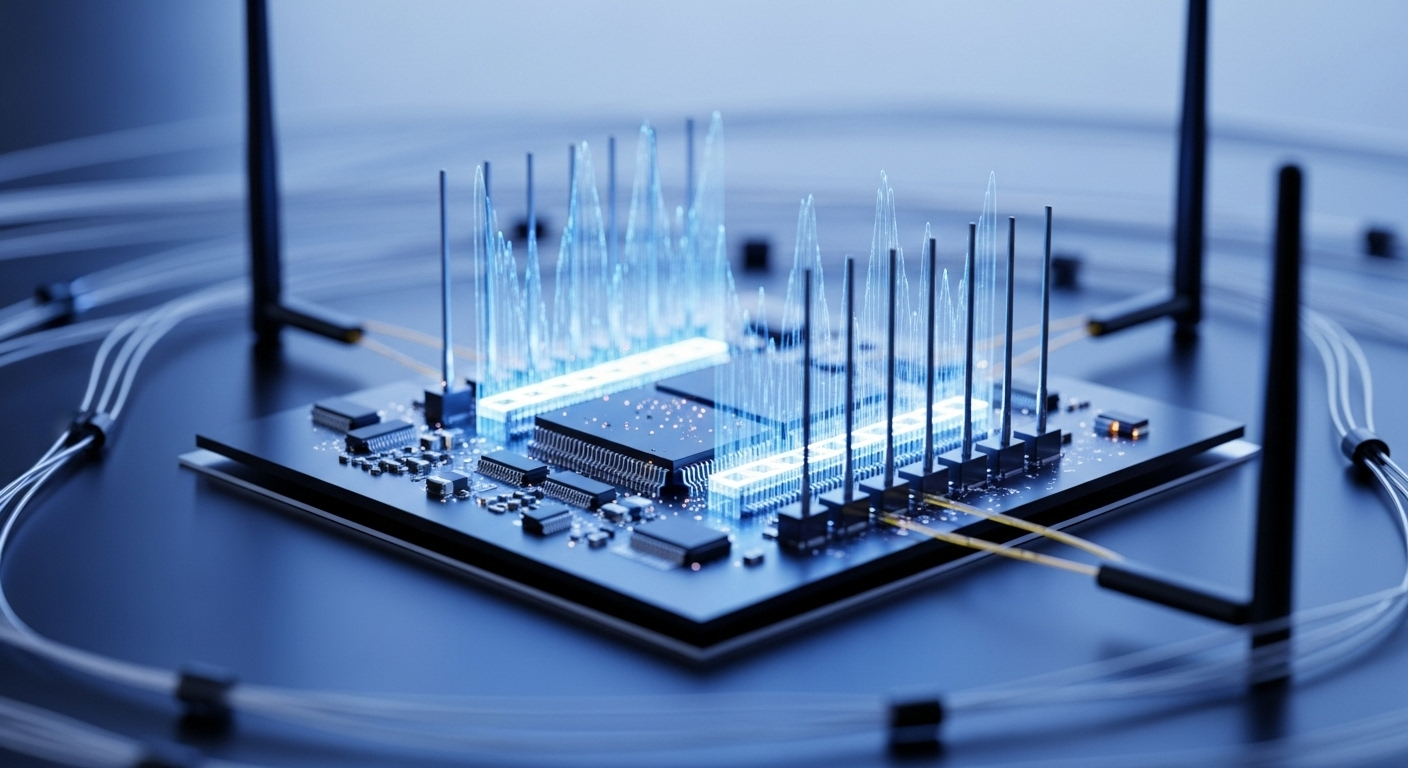Driving into the Future: V2X Communication Technology
A brisk wind whips through your hair as you cruise down the highway in your car, a marvel of modern technology. But there's more to this drive than meets the eye. The car isn't just moving—it's communicating, constantly exchanging data with its surroundings. Welcome to the world of Vehicle-to-Everything (V2X) communication technology.

Heart of the Matter: What Exactly is V2X?
V2X, or Vehicle-to-Everything, is a form of technology that enables cars to communicate with their environment. This includes other vehicles (V2V), infrastructure (V2I), pedestrians (V2P), and even the network itself (V2N). It’s a relatively recent development in the automotive industry, having only gained significant attention in the last decade or so.
This technology leverages wireless signals to transmit and receive information about the vehicle’s surroundings. This data can include everything from traffic conditions and road hazards to weather updates and nearby services.
The Making of V2X: A Historical Perspective
The concept of V2X technology isn’t entirely new. It can be traced back to the early 2000s when researchers began exploring the potential of wireless communication for vehicles. The idea was simple—create a system that could help drivers navigate their environment more effectively and safely.
The first significant breakthrough came in 2007 when the United States Department of Transportation launched a V2X research project. The project’s success prompted other countries to follow suit, sparking a global interest in V2X technology.
The V2X Landscape Today: Current Trends and Insights
Today, V2X technology is no longer a distant dream. It’s a reality, with numerous car manufacturers integrating this technology into their vehicles. It’s not just luxury cars either—V2X is gradually becoming a standard feature in many mid-range models.
The technology’s adoption has been further boosted by governmental support. In 2020, for instance, the European Union made it compulsory for new vehicle models to be equipped with V2X technology. This decision is expected to significantly increase the number of V2X-enabled vehicles on the road in the coming years.
The Impact of V2X: A Game-Changer for the Automotive Industry
The benefits of V2X technology are manifold. It enhances driver safety by providing real-time information about potential hazards. It improves traffic management by alerting drivers to congestion and suggesting alternative routes. It even contributes to energy efficiency by enabling more streamlined driving patterns.
However, it’s not without its challenges. For one, the technology’s effectiveness depends on widespread adoption—something that’s yet to be achieved. There’s also the issue of data privacy and security, given the sensitive nature of the information being transmitted.
Peering into the Future: What Lies Ahead for V2X?
The future of V2X technology is bright. With advancements in artificial intelligence and machine learning, we can expect more sophisticated and efficient V2X systems in the future. Moreover, as the world moves towards smart cities, V2X will play a crucial role in facilitating seamless urban mobility.
However, the road ahead isn’t without bumps. There are technical, regulatory, and societal hurdles to overcome. But given the benefits of V2X, it’s well worth the journey. After all, who wouldn’t want a safer, more efficient, and smarter driving experience?




